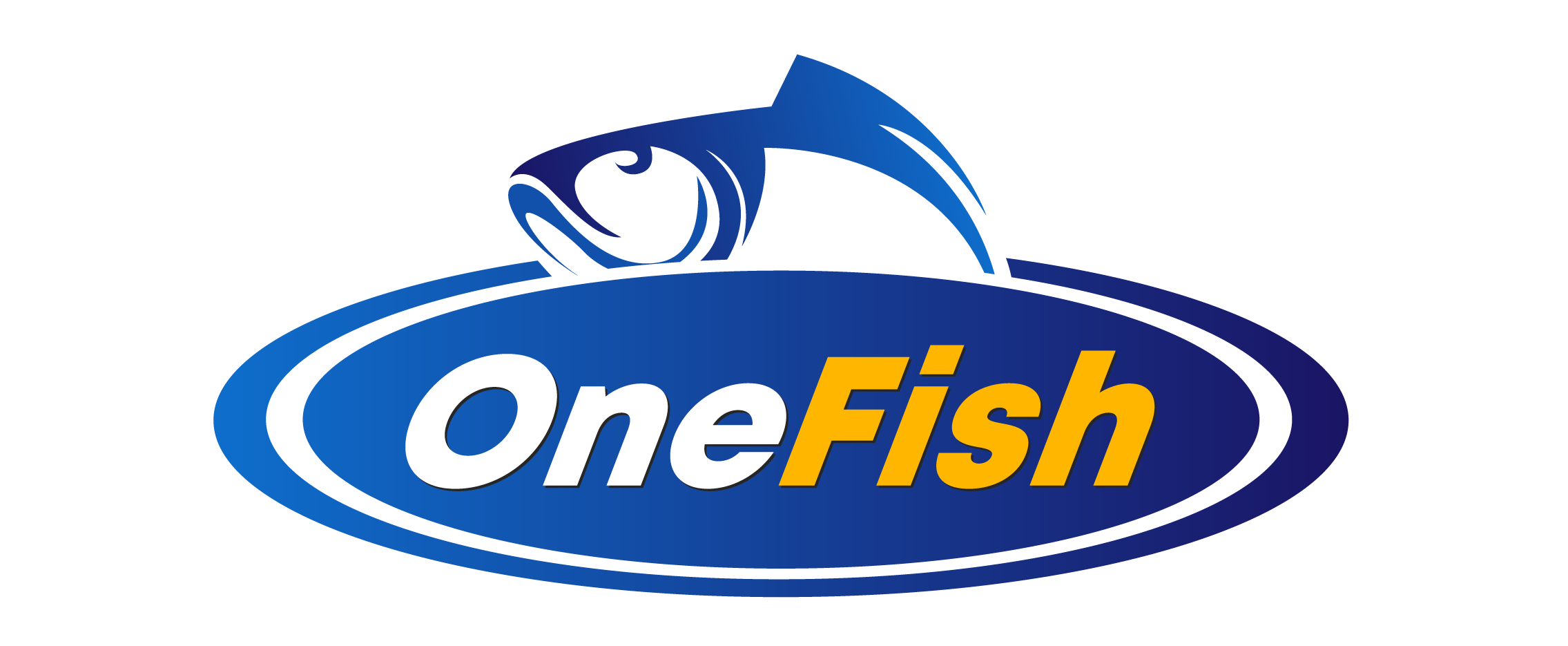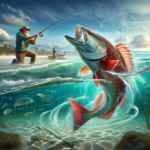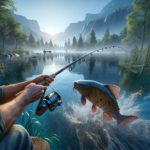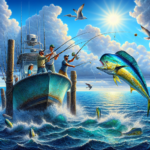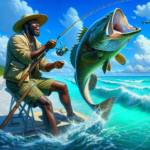Panfish Fishing in Minnesota’s Lakes
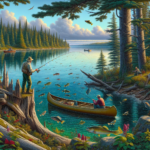
Introduction
Did you know that Minnesota is home to over 10,000 lakes, making it a paradise for anglers? Among these lakes, panfish fishing stands out as a favorite pastime for both locals and visitors. This article will delve into the intricacies of panfish fishing in Minnesota’s lakes, covering everything from the best fishing techniques and species information to top fishing spots and seasonal considerations.
Whether you’re a seasoned angler or a beginner looking to try your hand at fishing, understanding the nuances of panfish fishing in Minnesota can significantly enhance your experience. This guide aims to provide you with all the information you need to make your fishing trip successful and enjoyable.
Background/Context
Historical or Cultural Significance
Panfish fishing has deep roots in Minnesota’s culture. Historically, fishing was not just a recreational activity but a means of sustenance for Native American tribes and early settlers. Over the years, it has evolved into a popular leisure activity, with families and friends gathering around lakes to enjoy the serene environment and the thrill of the catch.
Geographical Overview
Minnesota, often referred to as the “Land of 10,000 Lakes,” boasts a diverse range of water bodies, from small ponds to vast lakes. The state’s climate varies significantly, with cold winters and warm summers, affecting the fishing conditions throughout the year. The local ecosystem is rich and varied, providing a perfect habitat for various panfish species.
Key Points/Details
Fishing Techniques
Technique Overview
Panfish fishing in Minnesota can be approached using several techniques, including bobber fishing, jigging, and fly fishing. Each method has its own set of advantages and is suited to different conditions and personal preferences.
When and Where to Use
Bobber fishing is ideal for beginners and is best used in shallow waters during the warmer months. Jigging, on the other hand, is effective year-round and can be used in both shallow and deep waters. Fly fishing is more specialized and is typically used in streams and rivers where panfish are abundant.
Recommended Gear
- Rods: Light to medium-light rods are ideal for panfish.
- Reels: Spinning reels are commonly used due to their versatility.
- Lines: 4-6 lb test lines are recommended.
- Bait/Lures: Live bait like worms and minnows, as well as artificial lures like jigs and spinners, are effective.
Species Information
Species Overview
The primary panfish species in Minnesota include Bluegill, Crappie, and Perch. Each species has unique habits and preferred habitats.
- Bluegill: Found in shallow waters with abundant vegetation. They are most active during the warmer months.
- Crappie: Prefer deeper waters and are often found near submerged structures. They are active year-round but are easier to catch during the spring and fall.
- Perch: Common in both shallow and deep waters. They are active throughout the year, with winter being a particularly good time for ice fishing.
Best Practices
To successfully catch panfish, it’s essential to understand their behavior and habitat preferences. Using the right bait and techniques for each species can significantly increase your chances of a successful catch. For example, using small jigs and live bait is effective for Bluegill, while Crappie can be caught using minnows and small spinners.
Location Information
Top Fishing Spots
- Lake Minnetonka: Known for its abundant Bluegill and Crappie populations. It offers multiple access points and amenities.
- Leech Lake: A hotspot for Perch fishing, especially during the winter months.
- Lake Mille Lacs: Offers excellent fishing opportunities for all panfish species, with well-maintained facilities and easy access.
Regulations and Licenses
Fishing in Minnesota requires a valid fishing license, which can be obtained online or at local retailers. There are specific regulations regarding catch limits and seasonal restrictions, so it’s essential to check the Minnesota Department of Natural Resources (DNR) website for the latest information.
Seasonal Considerations
Seasonal Variations
Fishing conditions in Minnesota change dramatically with the seasons. Spring and fall are generally the best times for panfish fishing, as the fish are more active and easier to catch. Summer offers good fishing opportunities but requires early morning or late evening trips to avoid the heat. Winter brings ice fishing into play, with Perch being a popular target.
Best Times to Fish
The optimal times for fishing vary depending on the season and species. Early morning and late evening are generally the best times during the warmer months, while midday can be productive during the winter.
Events and Tournaments
Event Overview
Minnesota hosts several fishing events and tournaments throughout the year, including the Governor’s Fishing Opener and various local ice fishing contests. These events offer a great opportunity to meet fellow anglers and test your skills.
Preparation Tips
Preparing for a fishing event involves ensuring you have the right gear, practicing your techniques, and familiarizing yourself with the event rules and location. It’s also a good idea to arrive early to secure a good spot.
Tips and Best Practices
General Tips
- Always check the weather forecast before heading out.
- Use a fish finder to locate schools of panfish.
- Be patient and change your bait or technique if you’re not having success.
Avoid Common Mistakes
- Using too heavy a line can scare away panfish.
- Not paying attention to local regulations can result in fines.
- Ignoring seasonal patterns can lead to unproductive fishing trips.
Advanced Techniques
- Using slip bobbers for precise depth control.
- Employing drop shot rigs for deeper waters.
- Mastering the art of fly fishing for panfish in streams and rivers.
Gear and Equipment Recommendations
Essential Gear
- Light to medium-light rod and reel combo.
- 4-6 lb test fishing line.
- Assorted jigs, spinners, and live bait.
- Fish finder (optional but recommended).
Optional Gear/Upgrades
- Portable fish shelter for ice fishing.
- High-quality polarized sunglasses to reduce glare.
- Advanced fish finders with GPS capabilities.
Where to Buy or Rent
Local bait and tackle shops, as well as online retailers like Bass Pro Shops and Cabela’s, offer a wide range of fishing gear. Some local shops also offer rental options for larger equipment like fish finders and ice shelters.
Safety and Conservation
Safety Tips
- Always wear a life jacket when fishing from a boat.
- Be aware of weather conditions and seek shelter if a storm approaches.
- Use sunscreen and stay hydrated, especially during the summer months.
Conservation Practices
- Practice catch and release to help maintain fish populations.
- Follow local regulations regarding catch limits and protected species.
- Dispose of fishing line and other waste properly to protect the environment.
Planning Your Trip
Accommodations
Minnesota offers a range of accommodations near popular fishing spots, from campgrounds and cabins to hotels and resorts. Lake Minnetonka and Leech Lake have several options to suit different budgets and preferences.
Travel Tips
Most fishing spots in Minnesota are accessible by car, with well-maintained roads leading to popular lakes. For remote locations, consider renting a 4×4 vehicle. Public transportation options are limited, so renting a car is advisable if you’re flying in.
Additional Activities
In addition to fishing, Minnesota offers a variety of outdoor activities, including hiking, boating, and wildlife watching. Many lakes have nearby trails and parks, making it easy to enjoy a full day of outdoor fun.
Frequently Asked Questions (FAQs)
Do I need a fishing license to fish in Minnesota?
Yes, a valid fishing license is required for anyone aged 16 and older. Licenses can be purchased online or at local retailers.
What is the best time of year for panfish fishing in Minnesota?
Spring and fall are generally the best times, but panfish can be caught year-round with the right techniques.
Can I rent fishing gear in Minnesota?
Yes, many local bait and tackle shops offer rental options for fishing gear, including rods, reels, and fish finders.
Are there any fishing tournaments in Minnesota?
Yes, Minnesota hosts several fishing tournaments throughout the year, including ice fishing contests and the Governor’s Fishing Opener.
Conclusion
Panfish fishing in Minnesota’s lakes offers a rewarding experience for anglers of all skill levels. By understanding the best techniques, species habits, and top fishing spots, you can significantly enhance your chances of a successful and enjoyable fishing trip. Remember to follow local regulations, practice conservation, and prioritize safety to ensure a positive experience for yourself and future generations of anglers.
So grab your gear, head to one of Minnesota’s beautiful lakes, and enjoy the thrill of panfish fishing!
